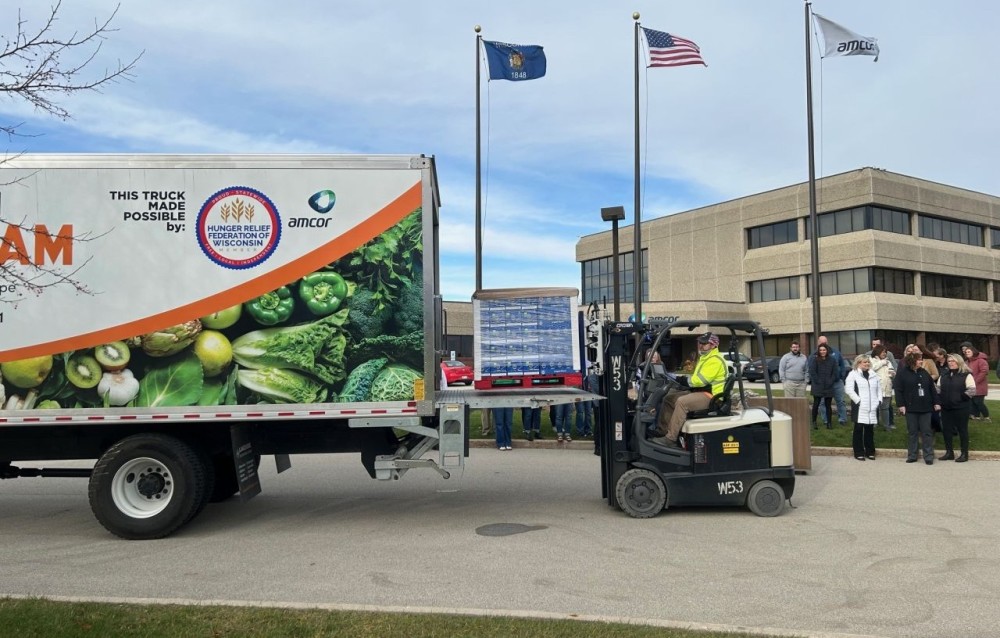Scientists will use cutting-edge technology to determine and predict where the threat of the disease melioidosis is greatest, as the incidence of this dangerous condition increases.
James Cook University microbiologist Associate Professor Jeffrey Warner will lead a Northern Australian research program, funded by a $1.5 million ³Ô¹ÏÍøÕ¾ Health and Medical Research Council Ideas Grant Award.
“The bacteria that causes the disease, Burkholderia pseudomallei, lives in the environment, it’s not passed person to person. We think attributes and changes in the environment and climate might be responsible for its spread, but we don’t know how or why,” said Dr Warner.
He said the disease is now appearing in unexpected places and case notifications in Queensland have doubled over the past decade, with no clear pattern emerging.
“In Cairns there have been clinical cases associated with road works but not correlated with extreme weather events. In contrast, in Townsville clinical clusters seem to be linked to geology, soil type and ground run-off water exposure.
“In Darwin and the Northern Territory, melioidosis particularly affects First Nations Australians. Even though melioidosis was first described in Queensland in the 1950s, we still are unsure where exactly people get it and how. We hope to change that,” said Dr Warner.
He said it’s also important to know where and why the disease is spreading before it appears in new places.
“It’s clear that unexpected melioidosis cases in regions where the disease is not recognised are often associated with delayed diagnosis or incorrect treatment which results in high fatality rates,” said Dr Warner.
He said the team will use advanced geospatial pathogen genomic epidemiological tools and high resolution remotely sensed climate geoscience and anthropogenic factor datasets to create time specific maps to predict melioidosis threats.
“Knowing where the organism is, what influences its persistence and movement throughout the environment, and the anthropogenic factors associated with exposure is the key to identifying and predicting current and future melioidosis risk.
“Through extensive environmental surveillance, including investigating clinical outbreaks, we will produce predictive models which will allow the development of tailored public health tools that will mitigate melioidosis risk in the changing Australian environment and climate,” said Dr Warner.








